13 Food Myths Professional Chefs Want You to Stop Believing
Here's the thing; you must stop doing these things for the dish's sake.
- Cyra Sanchez
- 6 min read
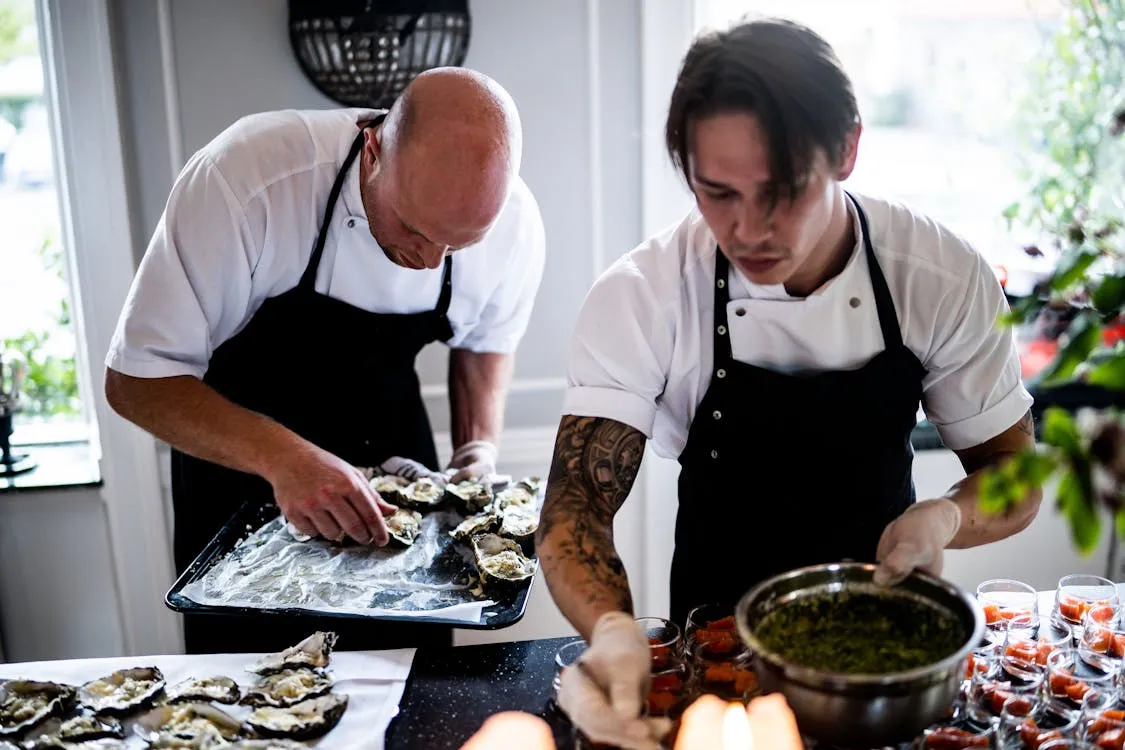
This list has 13 busted food myths you need to stop believing. Find out from the pros what the truth is about these common misconceptions. You can up your cooking game and make better choices when cooking in your own kitchen.
1. Adding oil to pasta water prevents sticking.
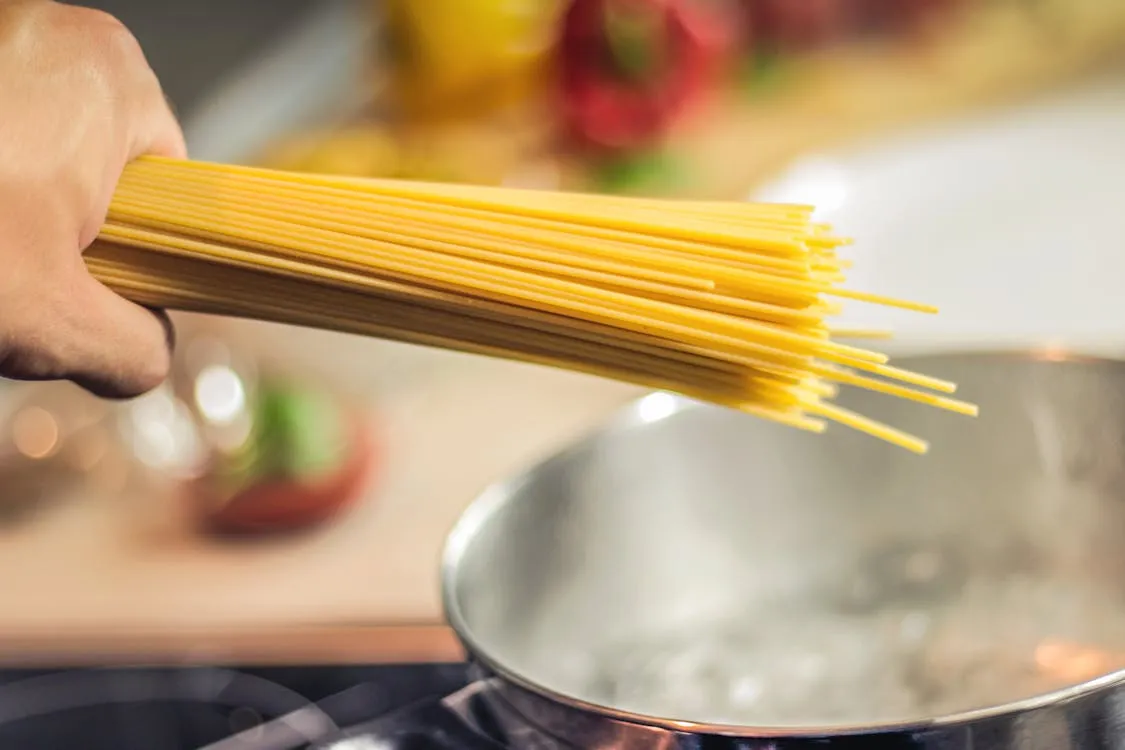 JÉSHOOTS on Pexels
JÉSHOOTS on Pexels
Imagine an oil slick stretched across your pasta pot so the strands never stick. The oil does not prevent sticking anyway because it floats on the water. It is actually the stirring of the pasta in the first couple minutes of cooking that does the most to prevent sticking. This one simple habit ensures the food cooks evenly, with ideal texture. The best feature? Your sauce will mix beautifully with the pasta and won’t slither off.
2. Searing meat seals in juices.
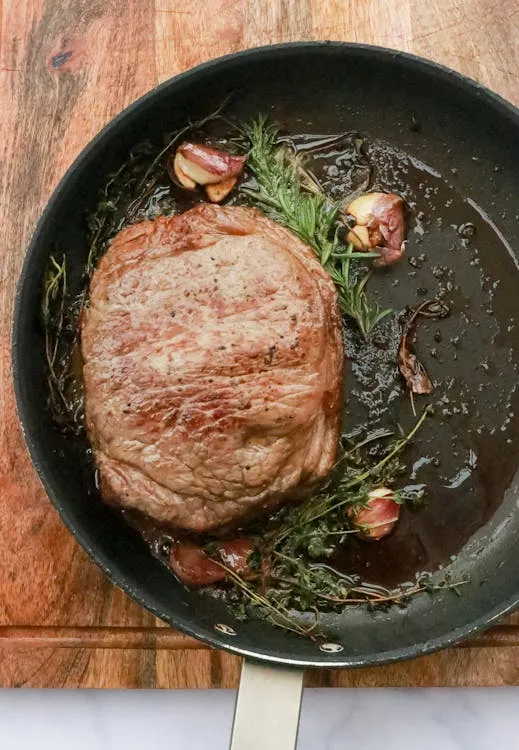 Geraud pfeiffer on Pexels
Geraud pfeiffer on Pexels
Think of a steak sizzling in a pan, sealing in its flavorful juices as it sears. Though searing imparts serious flavor, it doesn’t lock in juices. Instead, it creates a flavor-packed crust via caramelization. This process, known as the Maillard reaction, develops flavor but has no bearing on the meat’s moisture-holding capacity. The correct cooking temperatures and the resting of the meat keep the meat juicy. At its best, it offers a bold, rich-crusted partner to a tender interior.
3. Alcohol completely cooks off during cooking.
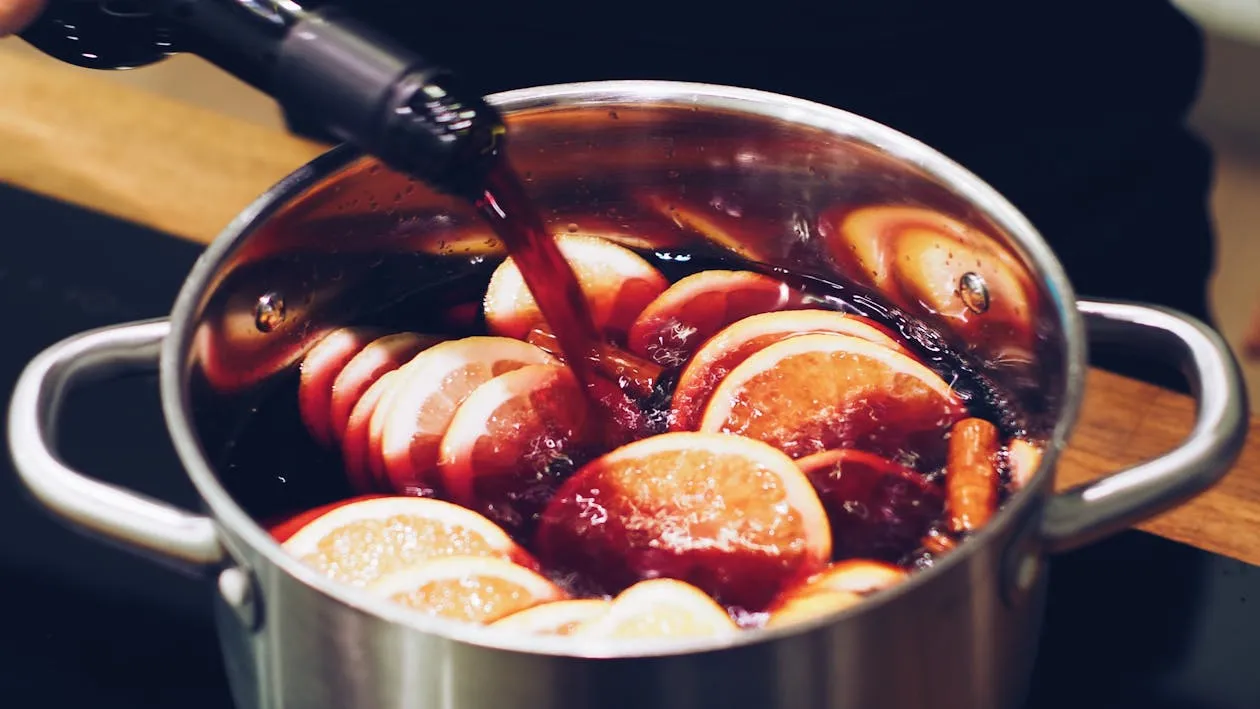 Jens Mahnke on Pexels
Jens Mahnke on Pexels
Picture alcohol evaporating into the ether as soon as it touches heat. In fact, alcohol can linger after cooking, even when it’s been done for a long time. The precise amount varies by cooking time, temperature, and method. This adds a delicate nuance of flavor without overwhelming the dish. Its best feature is how it adds complexity, providing elegance to recipes.
4. Salt raises blood pressure and should be avoided.
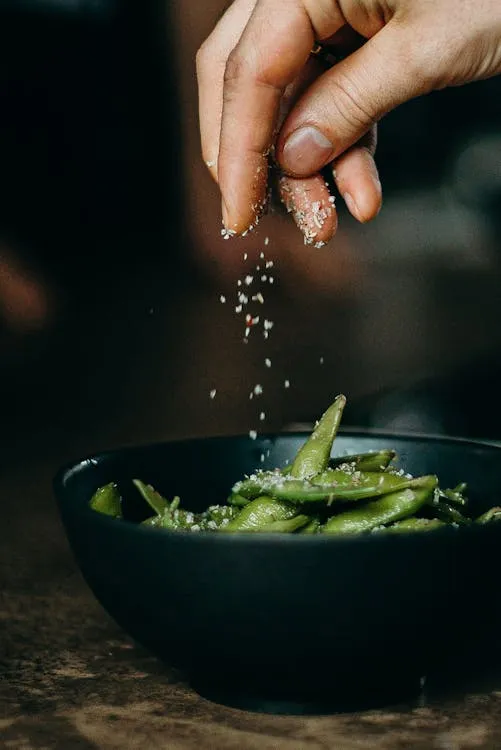 cottonbro studio on Pexels
cottonbro studio on Pexels
Imagine a world without salt, where good health thrives. Excess salt may impact blood pressure, but moderate amounts are essential for body functions. It amplifies flavors, balances sweetness, and even helps keep food moist. The answer is moderation; its benefits can be yours without the health hazards. The best thing about salt is that it is the only flavor enhancer ever to exist.
5. Microwaving food destroys nutrients.
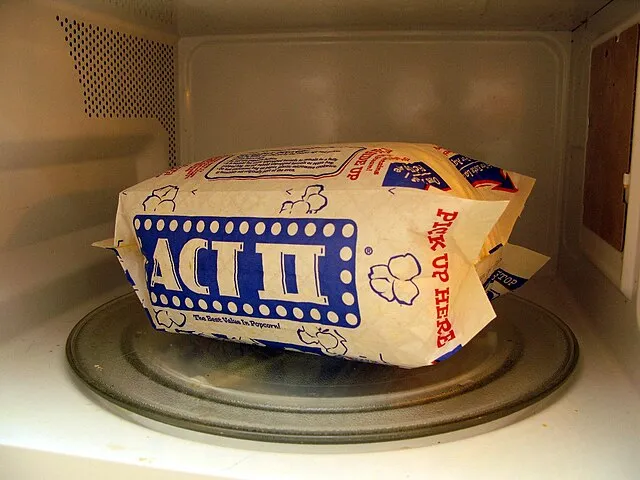 frankieleon on Pexels
frankieleon on Pexels
Do you think microwaves are zapping all the goodness from your food? In practice, microwaving usually retains more nutrients than boiling or frying due to shorter cooking times. When cooking in the microwave, a minimal amount of water also helps retain vitamins. It’s among the fastest, most efficient methods to prepare healthful meals. The most significant advantage of microwaving is the balance between speed and nutrition retention.
6. Rinsing raw chicken removes bacteria.
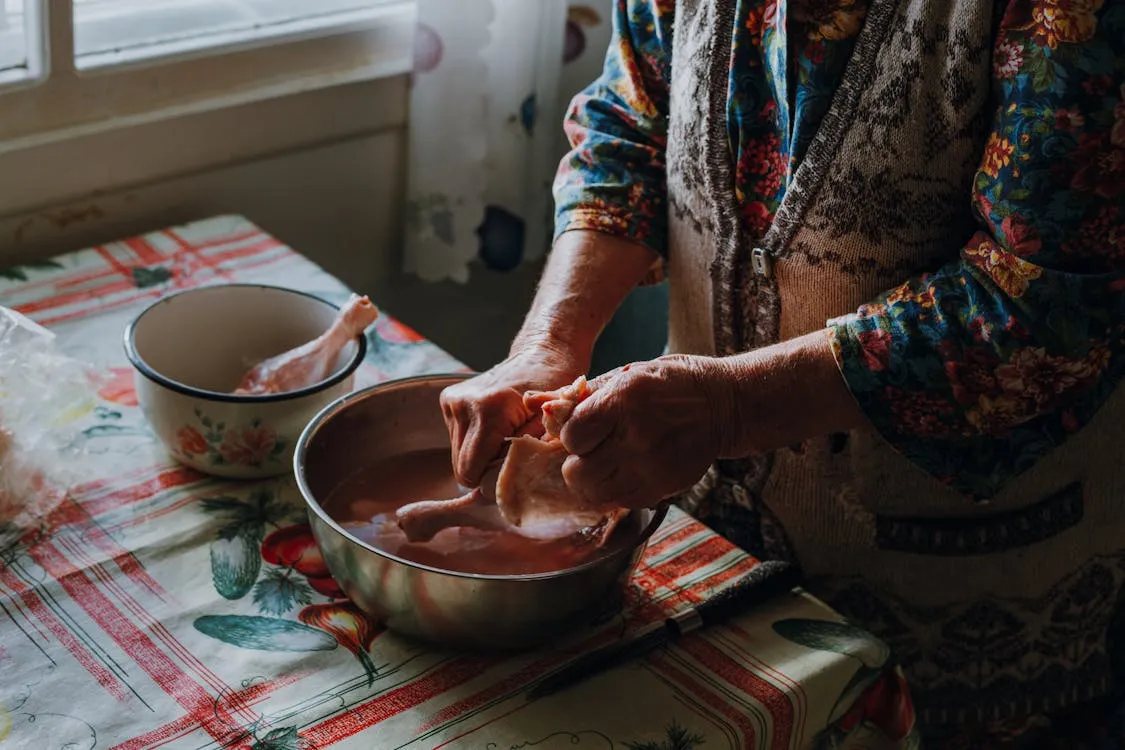 Ivan Babydov on Pexels
Ivan Babydov on Pexels
Imagine rinsing chicken under tap water and assuming it is now free of bacteria. However, rinsing disperses harmful bacteria via splashes, contaminating your sink and surfaces. The only way to kill bacteria is to cook chicken at the proper internal temperature. This eliminates your chances of making a culinary blunder that could lead to unnecessary risks. The best part is the peace of mind that your food is safe.
7. You should only flip your steak once during cooking.
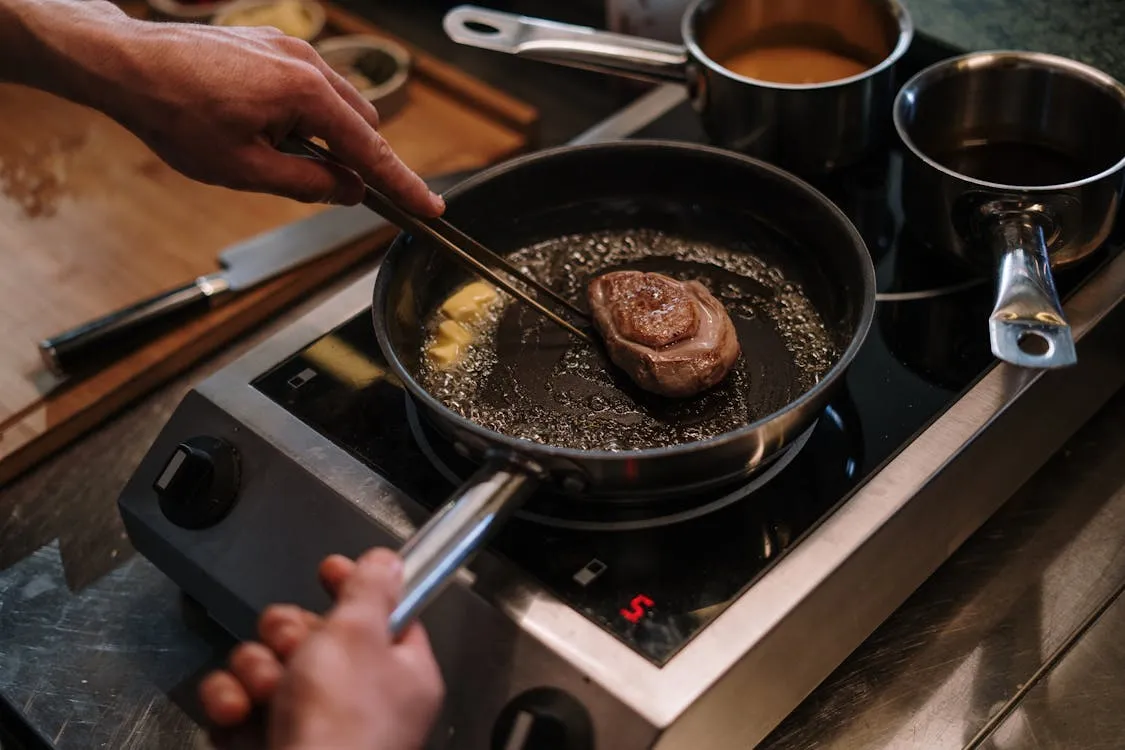 cottonbro studio on Pexels
cottonbro studio on Pexels
Imagine turning your steak over just once to get a perfect restaurant-style sear. Flipping multiple times when cooking actually helps food cook evenly. That leads to a beautifully cooked steak with a more even edge. It also significantly shortens cooking time, preventing overdone edges. The biggest advantage of flipping is it consistently cooks your steak to perfection.
8. Fresh produce is always more nutritious than frozen.
 Kevin Malik on Pexels
Kevin Malik on Pexels
Frozen is always less nutritious than fresh produce. Fresh fruits and veggies deliver peak nutrition every single time. Ironically, frozen produce is typically picked and frozen at peak ripeness, sealing in nutrients. Vitamins can also be lost from fresh produce while in transit or storage. Take frozen produce as it’s convenient and nutritious. Being available all year round and generating less waste make frozen food ideal.
9. Marinating meat tenderizes it.
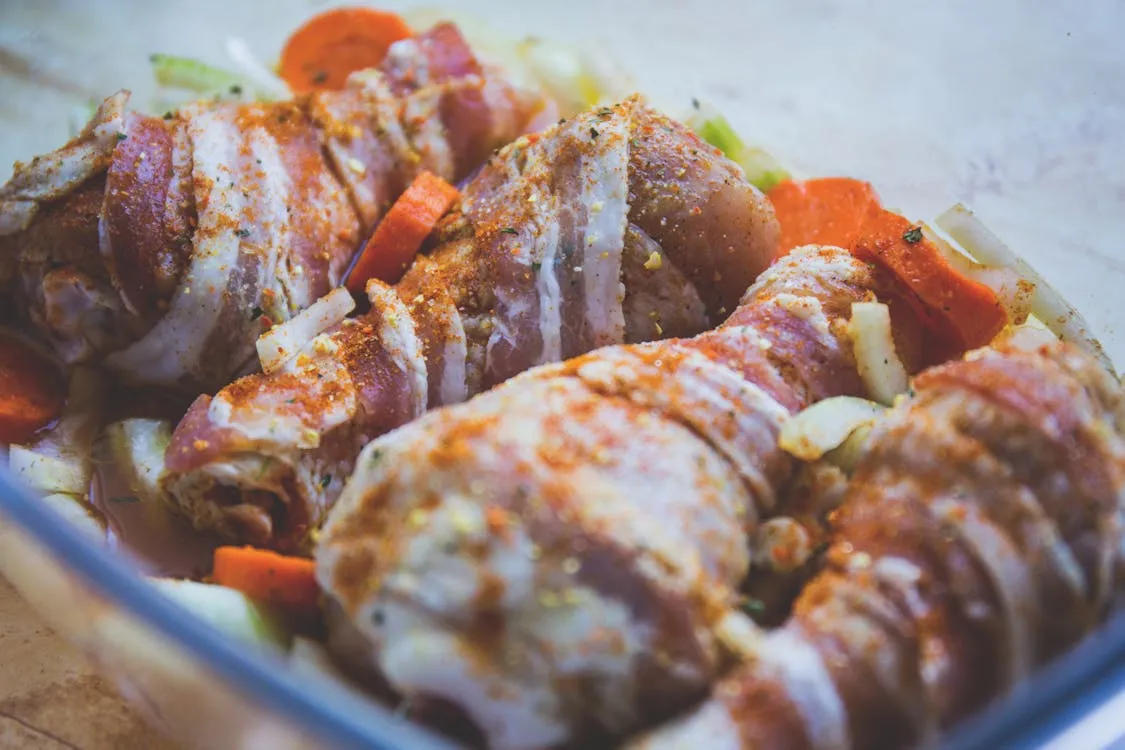 freestocks.org on Pexels
freestocks.org on Pexels
Imagine how marination does its magic, transforming tougher cuts into tender ones. Marinades mostly season the surface rather than tenderizing the meat deeply. Acidic ingredients can slightly break down proteins, but the texture can become mushy if done too much. For actual tenderness, you can’t beat using the proper cooking techniques, such as slow roasting or sous vide. Marinades are the best because they pack a punch of flavor into every bite.
10. Cooking vegetables removes all their nutrients.
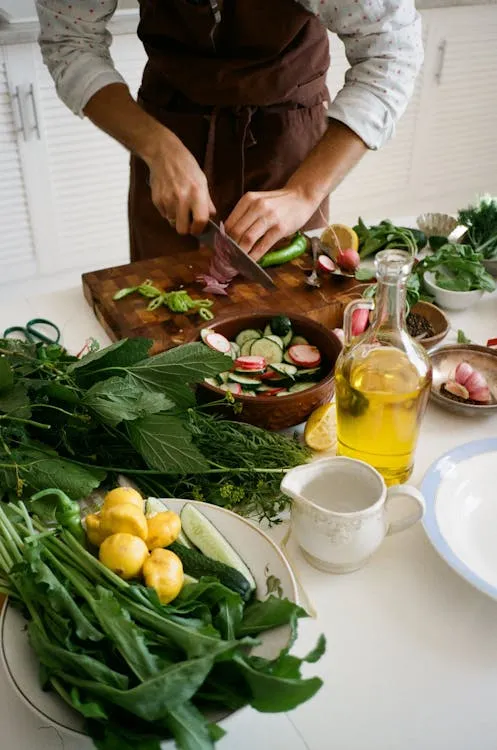 Kristina Snowasp on Pexels
Kristina Snowasp on Pexels
Boiling veggies turns them into tasteless, nutritionless mush. Some vitamins are heat-sensitive, while others become more bioavailable with cooking. Methods such as steaming or roasting retain nutrients and maximize flavor. Cooking veggies can even enhance digestibility, which can boost nutrient absorption. The best part is the flavor and nutrition you achieve when veggies are cooked.
11. You should only cook with the same wine you drink.
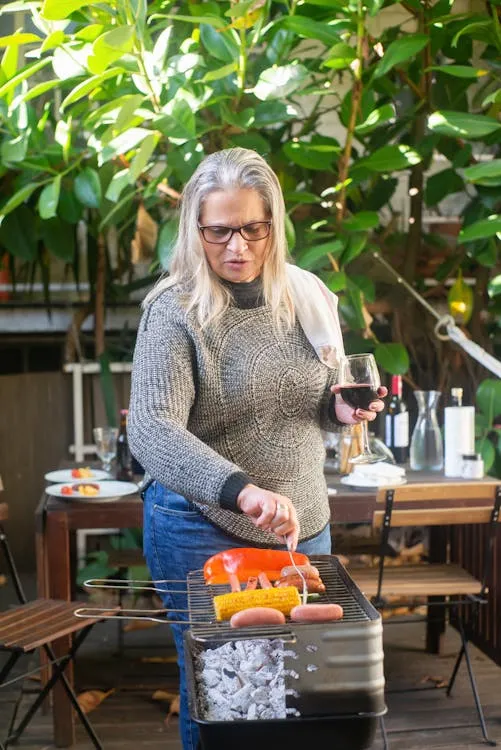 Kampus Production on Pexels
Kampus Production on Pexels
Imagine cooking with the best wine available in your kitchen. You don’t have to buy the most expensive bottle, but cooking wines can be drinkable and complementary to what you’re making. Heat affects the nuances of wine, so even middle-range picks will do just fine. Selecting a wine that makes the food taste better is more critical. The best part of using the right wine for cooking is having delicious meals without using your best-tasting wine.
12. Baking is an exact science, follow recipes to the letter.
 Ron Lach on Pexels
Ron Lach on Pexels
Baking needs precision. Use recipes as written. Think of baking as an exacting set of rules you shouldn’t violate. Although precision is important, knowing how ingredients function in a recipe means you’re free to experiment and adjust when needed. Minor adjustments, like changing the sugar or switching the flour, can be reasonable. This flexibility allows you to customize recipes to your liking. The best part is that you can experiment and still get delicious results.
13. Pink pork is undercooked and unsafe to eat.
 Pixabay on Pexels
Pixabay on Pexels
Imagine refusing pink pork because you think it’s unsafe. Pork is no longer dangerous if cooked to an internal temperature of 145°F, making the inside a little pink. This keeps the meat juicy and flavorful without endangering safety. In addition, overcooked pork is often dry but can be easily avoided. The benefit is having moist, perfectly cooked pork.
- Tags:
- food
- myths
- chefs
- professional